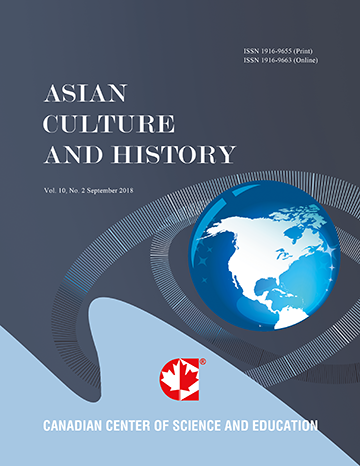Ethical and Traditional Concerns in Contemporary Japanese Design
- Parisa Yazdanpanah Abdolmaleki
- Ehsan Daneshfar
Abstract
Similar to its old history, Japan has a rich traditional and ethical Architecture. Based on these tenets and ethics, different concepts and spaces are formed through the time, as now Japan's ethical and traditional design ideas has its standard principles. Linking the present and the past has always been a momentous criterion in the countries with an old rich Architecture. This fact is indeed important in Japan due to the blend of ethics and religions with peoples` life. Through this idea, three Japanese Architects, Kenzo Tange, Fumihiko Maki and Tadao Ando-who are the only Japanese pritzker prize winners-have well, noticed the need for linking the country's traditional and ethical Architecture criteria with the contemporary Architecture. So, analyzing such projects of these architects prepares a good basis to find out the quality of how traditional and ethical design ideas crystallize in the works of contemporary Japanese architects.The research method for this article is a comparative analysis between the architects` particular projects and Japan's ethical and traditional design ideas, formed through the history of architecture in this country. The contents of this article rely heavily on three bases: 1) study of the historical documents concerning the ethical and traditional design concepts in Japan. 2) The consultancy of leading experts on Asian traditional constructions and ethical architecture specialists from Azad Universities in Tehran. 3) Comparative analysis between the ethical concepts applied in different contemporary works.
The results show that the contemporary architects have had good bases for presenting the traditional design concepts as standard principles are all formed in the architecture of Japan today. Meanwhile, it seems that Maki and Ando are more likely to have a conceptual look at Japan's traditions while Tange has a more formal viewpoint. Chronological analysis of the architects` projects shows that despite, all the three architects were impressed by the works of le Corbusier, they were successful to keep contacts with Japan's traditional design concepts.
- Full Text:
 PDF
PDF
- DOI:10.5539/ach.v3n1p115
Journal Metrics
Google-based Impact Factor (2017): 5.42
h-index (January 2018): 11
i10-index (January 2018): 21
h5-index (January 2018): 6
h5-median (January 2018): 9
Index
- Academic Journals Database
- CNKI Scholar
- COPAC
- EconPapers
- Elektronische Zeitschriftenbibliothek (EZB)
- Excellence in Research for Australia (ERA)
- Genamics JournalSeek
- Google Scholar
- Infotrieve
- LOCKSS
- MIAR
- NewJour
- Open J-Gate
- PKP Open Archives Harvester
- Publons
- RePEc
- Scilit
- SHERPA/RoMEO
- Standard Periodical Directory
- Technische Informationsbibliothek (TIB)
- The Keepers Registry
- Universe Digital Library
- WorldCat
Contact
- Ivan YongEditorial Assistant
- ach@ccsenet.org
